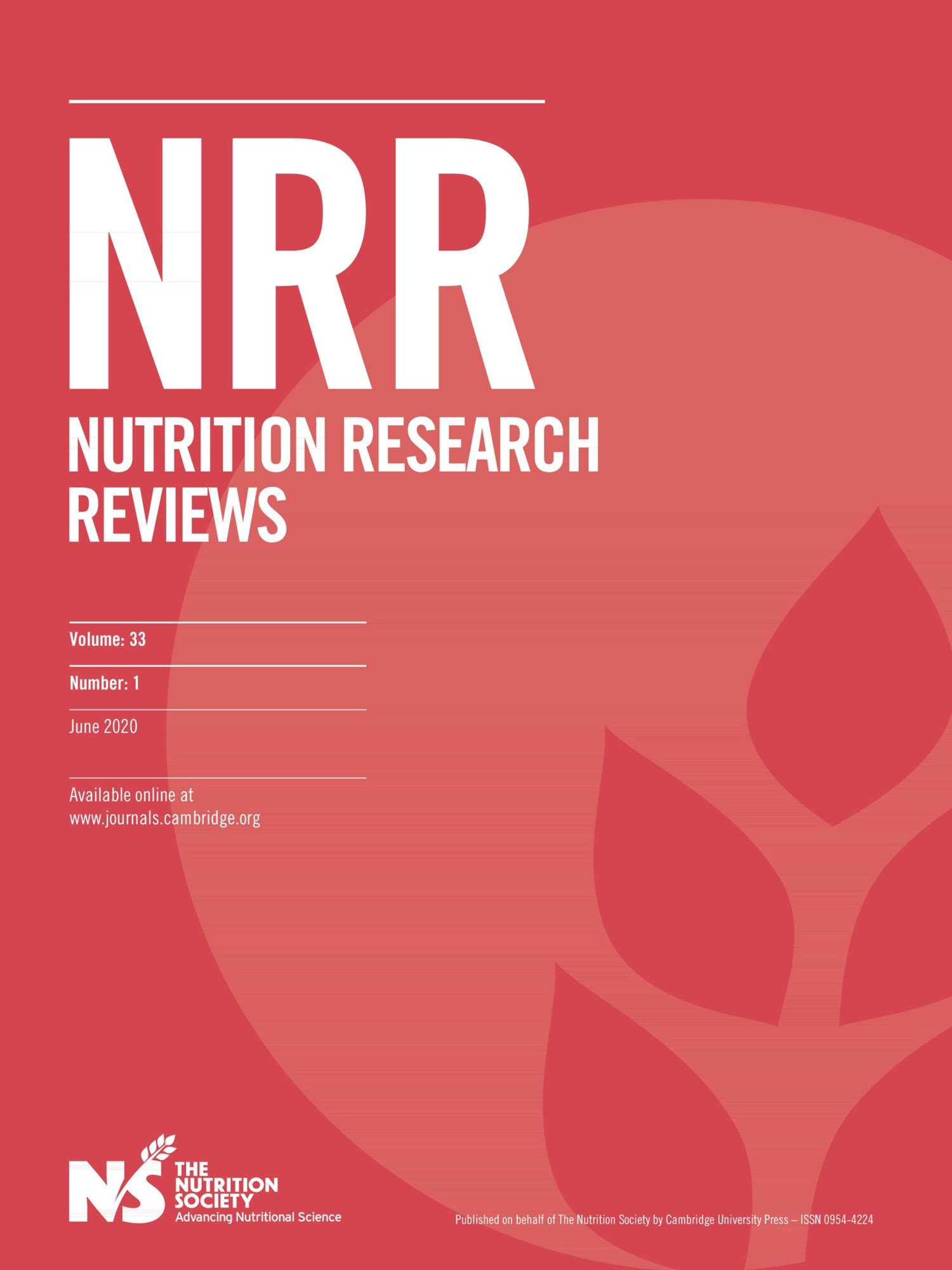Copper physiology in ruminants: trafficking of systemic copper, adaptations to variation in nutritional supply and thiomolybdate challenge
Nutrition Research Reviews June 2020, 33:1, pp: 43-49

Abstract
Ruminants are recognised to suffer from Cu-responsive disorders. Present understanding of Cu transport and metabolism is limited and inconsistent across vets and veterinary professionals. There has been much progress from the studies of the 1980s and early 1990s in cellular Cu transport and liver metabolism which has not been translated into agricultural practice. Cu metabolism operates in regulated pathways of Cu trafficking rather than in pools of Cu lability. Cu in the cell is chaperoned to enzyme production, retention within metallothionein or excretion via the Golgi into the blood. The hepatocyte differs in that Cu-containing caeruloplasmin can be synthesised to provide systemic Cu supply and excess Cu is excreted via bile. The aim of the present review is to improve understanding and highlight the relevant progress in relation to ruminants through the translation of newer findings from medicine and non-ruminant animal models into ruminants.